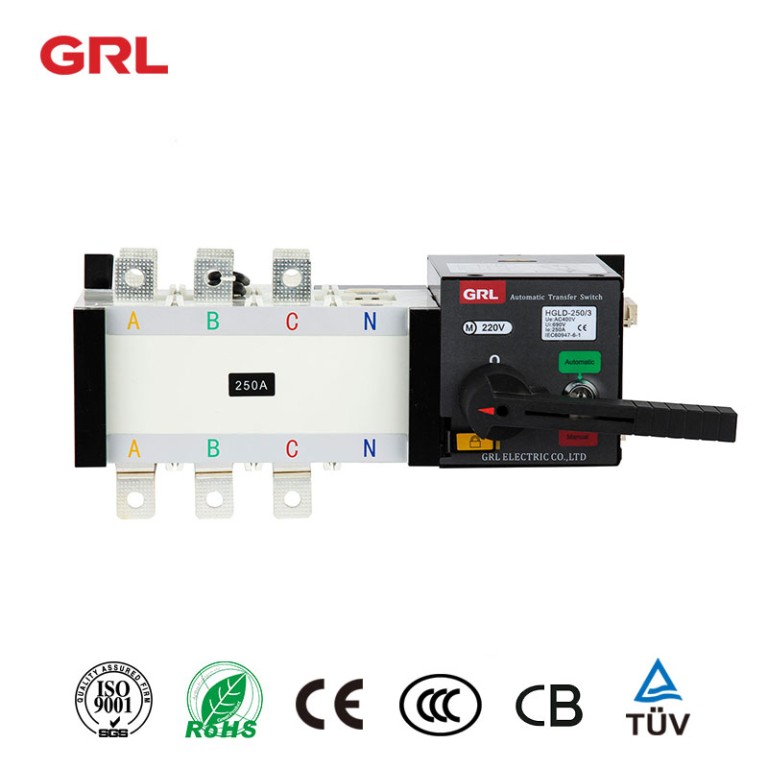
# Automatic Transfer Switch: Ensuring Uninterrupted Power Supply
## What is an Automatic Transfer Switch?
An Automatic Transfer Switch (ATS) is a critical component in backup power systems that ensures seamless transition between primary and secondary power sources. These devices monitor the incoming power supply and automatically switch to a backup generator or alternative power source when the main supply fails.
## How Does an ATS Work?
The operation of an automatic transfer switch can be broken down into several key steps:
– Continuous monitoring of the primary power source
– Detection of power failure or significant voltage fluctuations
– Automatic disconnection from the primary source
– Starting of the backup generator (if applicable)
– Transfer of electrical load to the secondary power source
– Monitoring for restoration of primary power
– Automatic retransfer when primary power stabilizes
## Types of Automatic Transfer Switches
### 1. Open Transition ATS
Also known as “break-before-make” switches, these create a brief interruption in power during transfer. They’re more economical and suitable for applications where momentary outages are acceptable.
### 2. Closed Transition ATS
These “make-before-break” switches maintain continuous power by briefly paralleling both sources during transfer. They’re ideal for sensitive equipment that cannot tolerate any interruption.
### 3. Delayed Transition ATS
A hybrid solution that introduces a programmed delay between disconnection from the primary source and connection to the secondary source.
## Key Benefits of Automatic Transfer Switches
– Uninterrupted power supply for critical operations
– Protection against power fluctuations and outages
– Automatic operation eliminates human error
– Reduced downtime and increased productivity
– Protection for sensitive electronic equipment
– Compliance with various industry standards and regulations
## Applications of ATS Systems
Automatic transfer switches find applications in numerous sectors:
– Hospitals and healthcare facilities
– Data centers and IT infrastructure
– Industrial manufacturing plants
– Telecommunications facilities
– Commercial buildings and offices
– Emergency services and public safety operations
## Selecting the Right ATS
Keyword: Transfer Switch
When choosing an automatic transfer switch, consider these factors:
– Power requirements of your facility
– Transfer time specifications
– Number of poles needed
– Environmental conditions
– Compliance with local electrical codes
– Future expansion possibilities
## Maintenance Considerations
Proper maintenance ensures reliable ATS operation:
– Regular testing of transfer functionality
– Inspection of electrical connections
– Cleaning of contacts and components
– Verification of control settings
– Lubrication of moving parts (where applicable)
– Documentation of all maintenance activities
## The Future of Transfer Switch Technology
Modern ATS systems are incorporating advanced features:
– Remote monitoring capabilities
– Predictive maintenance algorithms
– Integration with smart grid technologies
– Enhanced cybersecurity features
– Improved energy efficiency
– Compatibility with renewable energy sources
Automatic transfer switches play a vital role in maintaining power continuity for critical operations. By understanding their operation, benefits, and proper selection criteria, facility managers can ensure reliable power protection for their most important systems and equipment.